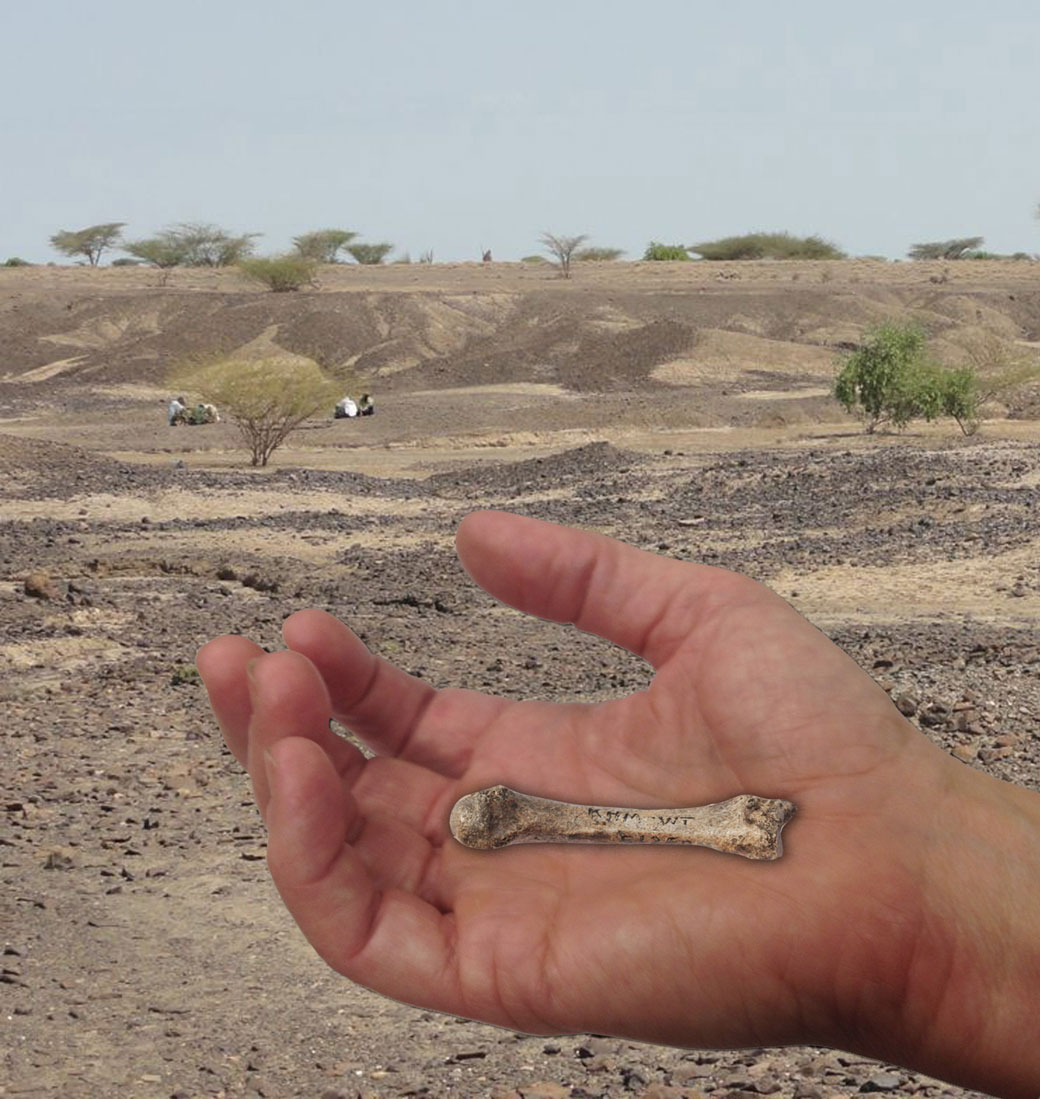TORONTO – When we play video games or pick up a fork or hold something with our fingers, we don’t think much about it.

But just when our hands and wrists became more adapted at precision tasks like these is a question that many human paleontologists and scientists have been seeking to answer.
Now, that answer is coming to light.
A 1.4-million-year-old fossil of a human hand bone was discovered in 2011 by members of a research team in West Turkana, Kenya, the site of many historical paleontological discoveries, including the australopithecus species, a human ancestor dating back 4 million years ago, and one of the first of our erect ancestors.
After years of further research and analysis, the team recently concluded that the bone possesses the a very distinctive part called the styloid process, a projection of the bone that connects to the wrist. This helps increase our dexterity.
What makes this discovery particularly significant is the fact that it shows the evolution of the bone occurred more than 600,000 years earlier than previously believed.
Carol Ward, Professor of Integrated Anatomy at the Department of Pathology and Anatomical Sciences at the University of Missouri, was a member of the research team. The study was published in the Proceedings of the Academy of Science this week.
“Being able to find this bone at nearly a million and a half years ago, which is six or eight hundred thousand years ago than previously thought is pretty exciting because it tells us that the modern human hand is something that arose early in the evolution of our genus and may have been important for us to be able to develop all the amazing capabilities that we have,” said Ward.
Having opposable thumbs not only distinguishes us from other species and played an important role in our evolution, Ward said.
Though it allowed us to work with a tool or hold a club, we couldn’t do it with much precision or for long periods.
Instead, the evolution of the styloid process, the third metacarpal, the bone in our hand which connects to the middle finger, allowed us to use our hands and wrists in better ways.
Though the discovery is monumental in helping understand the human evolutionary process, Ward said that there is still a lot more to learn.
“Will we ever have all of the pieces? Probably not. I think we can continue to discover and discover and discover things, and each new fossil we find tells us something new. Maybe it changes an idea we had before or maybe it confirms an idea, or maybe it adds something new that we hadn’t thought of, but every time we find a new fossil, we get a more nuanced and accurate view…and there’s infinite numbers of things to know about, so there’s going to be endless things we can discover.”




Comments